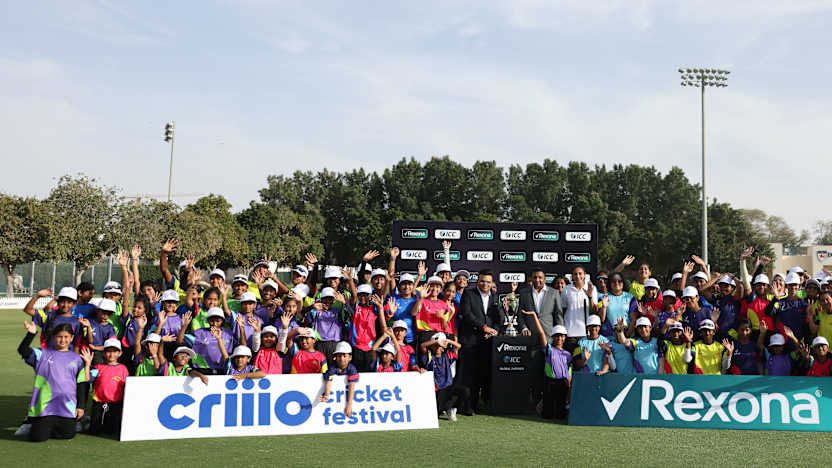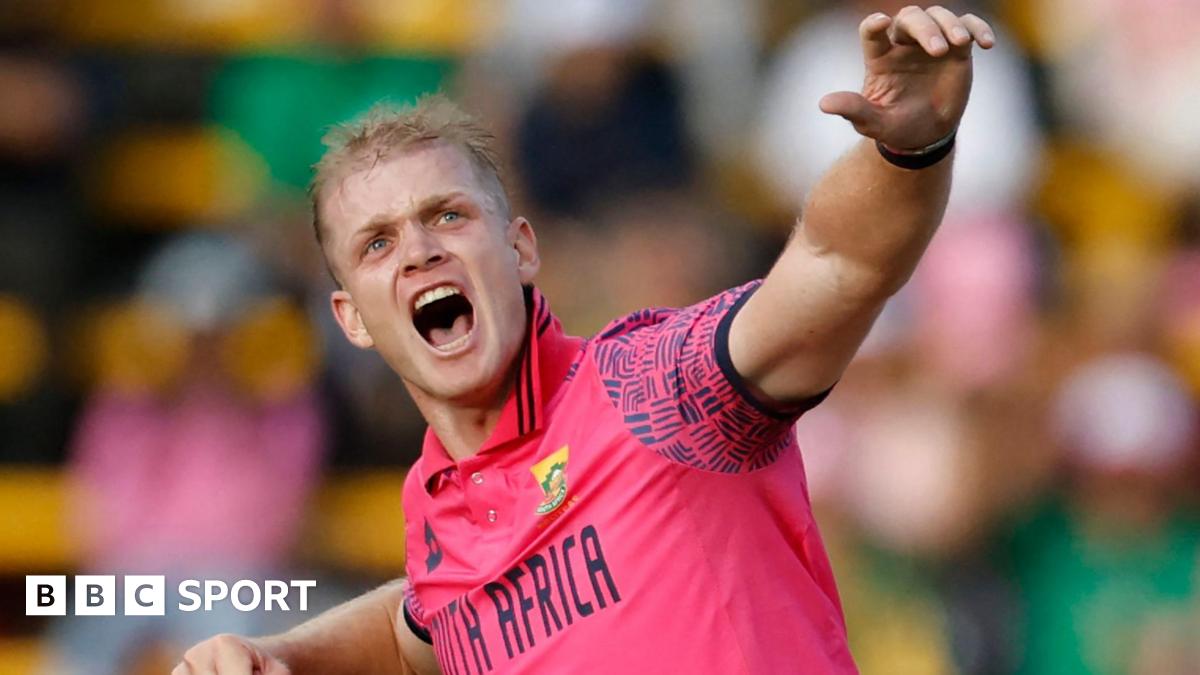Tickets On Sale For Landmark Cricket T20 Women’s World Cup

Australia are the defending champions (Photo by Brendon Thorne/Getty Images for Cricket Australia)
As the cricket season transitions from the north hemisphere to the south, a transformative women’s T20 World Cup will dominate the sport in October.
Underlining the rise of the women’s game coupled with greater focus from the sport’s power brokers, prize money has significantly increased to almost $8 million.
For the first time, the winners of the women’s T20 World Cup will equal the men’s equivalent and receive $2.34 million – a major rise from the $1 million won by Australia at last year’s event.
Anticipation is high for the ninth edition of the T20 World Cup, which will be played in the UAE from October 3-20. The 10-team tournament had to be moved from Bangladesh due to political instability in the cricket mad nation.
Australia have long dominated women’s cricket (Photo by Matthew Lewis-ICC/ICC via Getty Images)
It was a necessary move, but nonetheless disappointing. The sheer fervour from the passionate Bangladesh fans would have undoubtedly created surreal scenes for the World Cup, which has instead been forced to the sterile surroundings of the UAE.
The sport’s powerhouse India did not want to host another event, with Zimbabwe – emerging as a destination for major tournaments – and Sri Lanka keen but bypassed for the UAE, a reliable alternative that doubles as headquarters for the sport’s governing body.
Crowd numbers in the UAE for cricket are usually modest apart from on days when South Asian expatriates have time off from work. There is the unfortunate possibility that the terraces will be barren, but cheap ticket prices should hopefully reel in the fans.
Tickets start at just over $1 and premium seating from $10. Fans attending double-headers will only need to pay for a single ticket, while entry is free for those under 18.
The showpiece match will be between three-time defending champions Australia and cricket power India on October 12. Tickets start at $4.25, which also includes the earlier match between England and Scotland, and tops out at $170 for a hospitality suite.
Tickets for the final on October 20 start at $4.25, while the VIP suite costs $155.86.
There is significant momentum for women’s cricket, which has had a groundswell of support since the turn of the decade. The unforgettable 2020 T20 World Cup, where 85,000 people watched the final between Australia and India at the iconic Melbourne Cricket Ground, was a harbinger moment.
India had been slow to develop women’s cricket compared to fellow powers Australia and England, but the lucrative Women’s Premier League – where top players earn $400,000 for three weeks – has proved a game-changer.
Royal Challengers Bangalore’s won this season’s WPL (Photo by SAJJAD HUSSAIN/AFP via Getty Images)
Other countries are also starting to take women’s cricket seriously, with Zimbabwe to be part of an expanded 11-team ODI Women’s Championship.
“It is something (Zimbabwe’s inclusion) we have been pushing for some time and part of our efforts in building up women’s cricket,” Zimbabwe Cricket chair Tavengwa Mukuhlani told me.
But the elephant in the room is the sad plight of Afghanistan women’s cricket, whose national team has disintegrated since Taliban rule with their players fleeing abroad. As I reported recently, a proposal to set aside a percentage of Afghanistan’s ICC revenue to fund women’s cricket was knocked back.
Afghanistan, sadly, won’t be in the UAE and are unlikely to be sighted on a cricket field for some time.
But while that thorny issue festers in the background, the best women players will put on a show in an intriguing tournament that will captivate the cricket world.
Related
‘Listen from one ear, ignore from the other’: Former India…
India's Rohit Sharma and Mohammed Shami (AP Photo) NEW DELHI: Former wicketkeeper-batter Syed Kirmani has expressed his opinion that experienced fast bowler Mo
India faces New Zealand in budding rivalry at Champions Trophy…
State AlabamaAlaskaArizonaArkansasCa
ICC and Unilever announce landmark partnership on International Women’s Day…
The two-year partnership, kicking off at this year’s Women’s Cricket World Cup in India and running until the end of 2027, marks the world cricket governing
IPL 2025: Mumbai Indians sign Corbin Bosch as replacement for…
Mumbai Indians have signed South Africa all-rounder Corbin Bosch as a replacement for his injured countryman Lizaad Williams for this year's Indian Premier Leag











